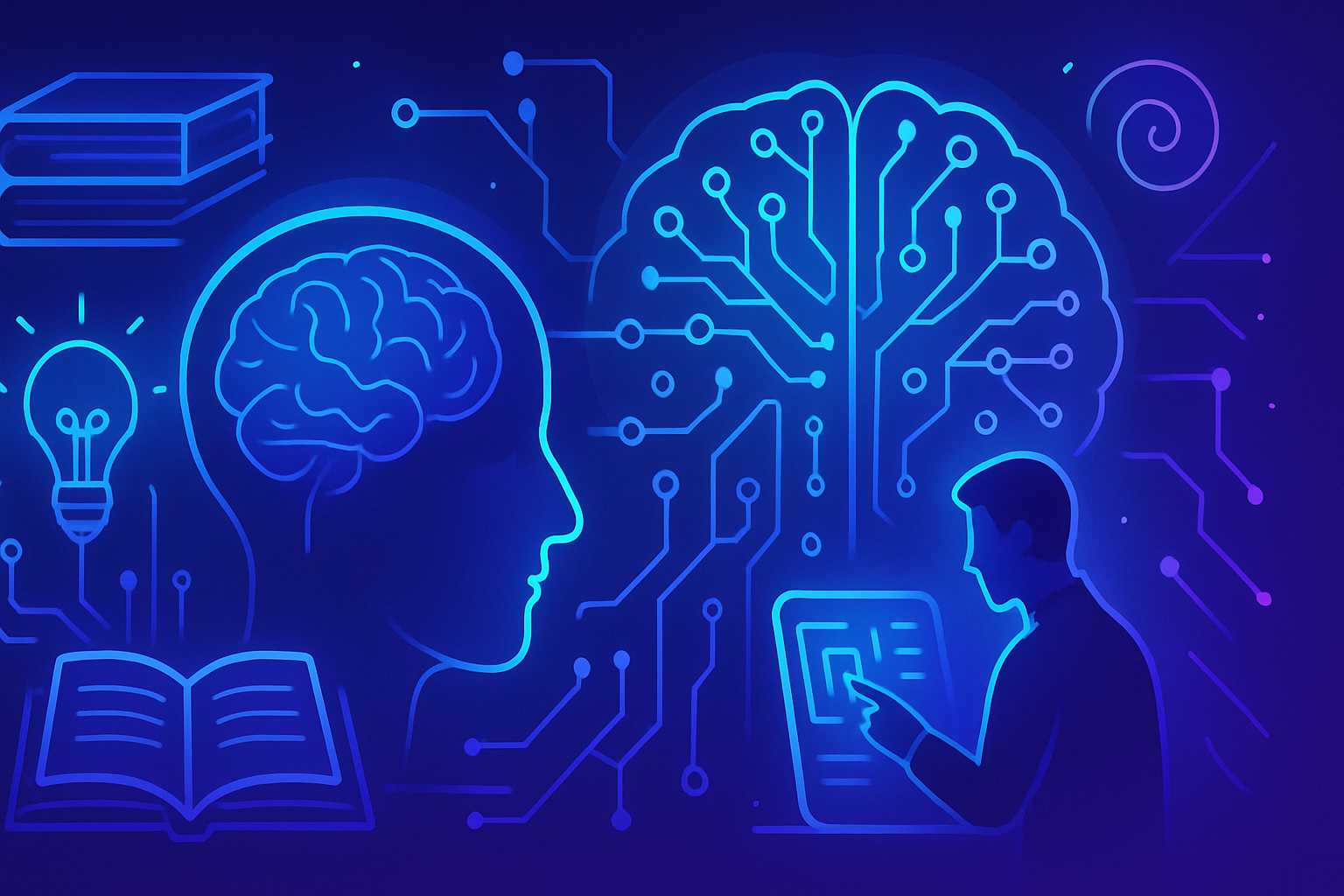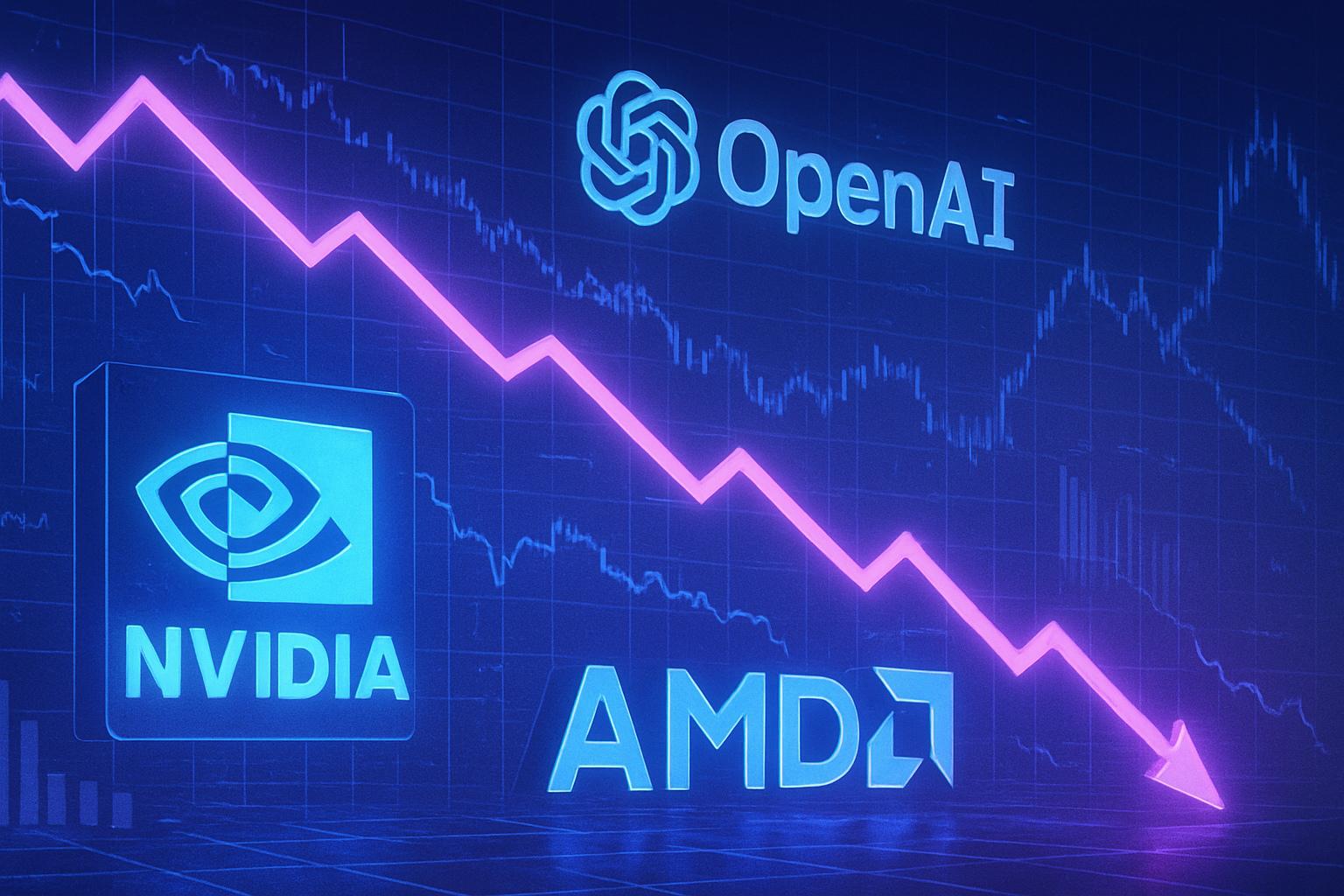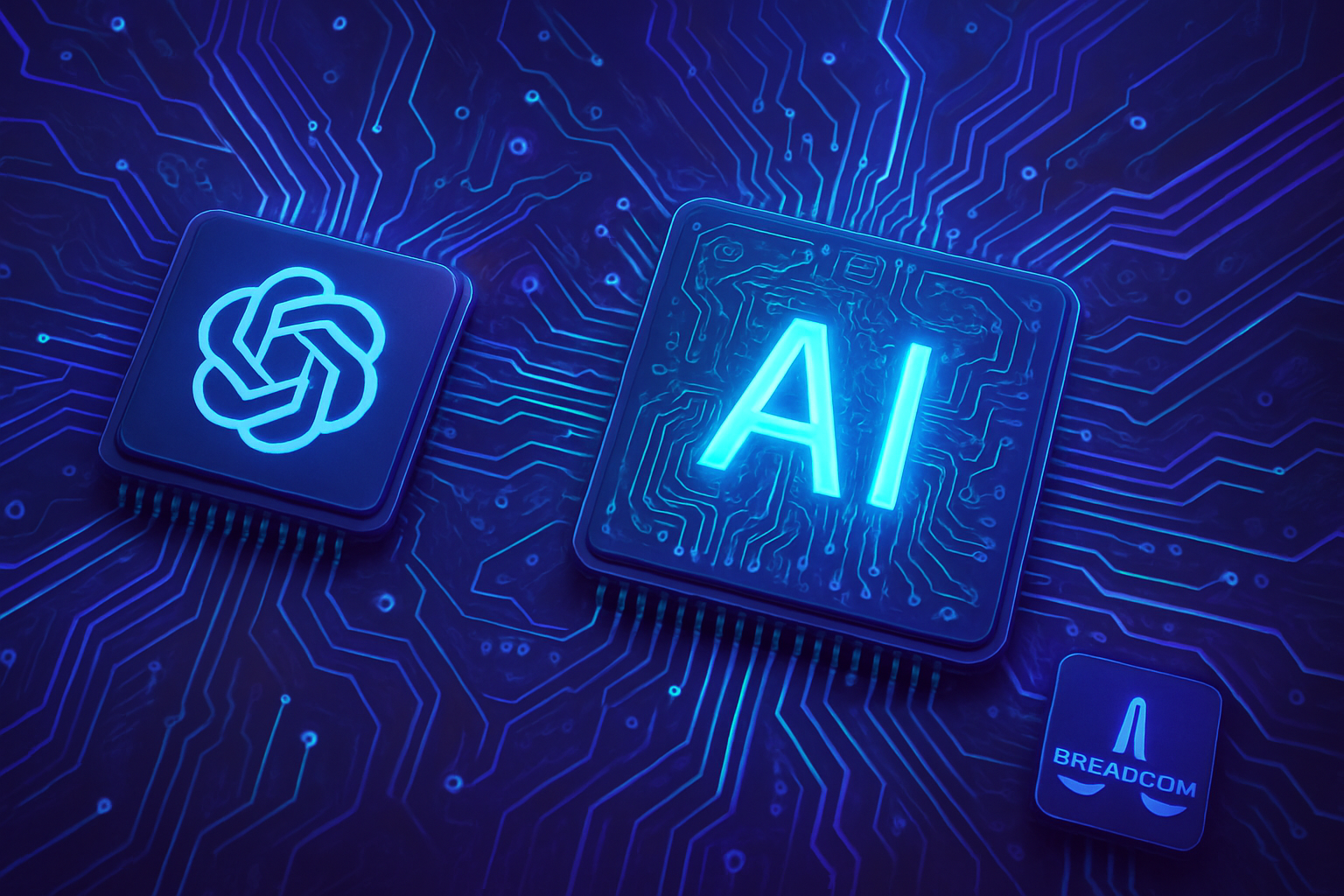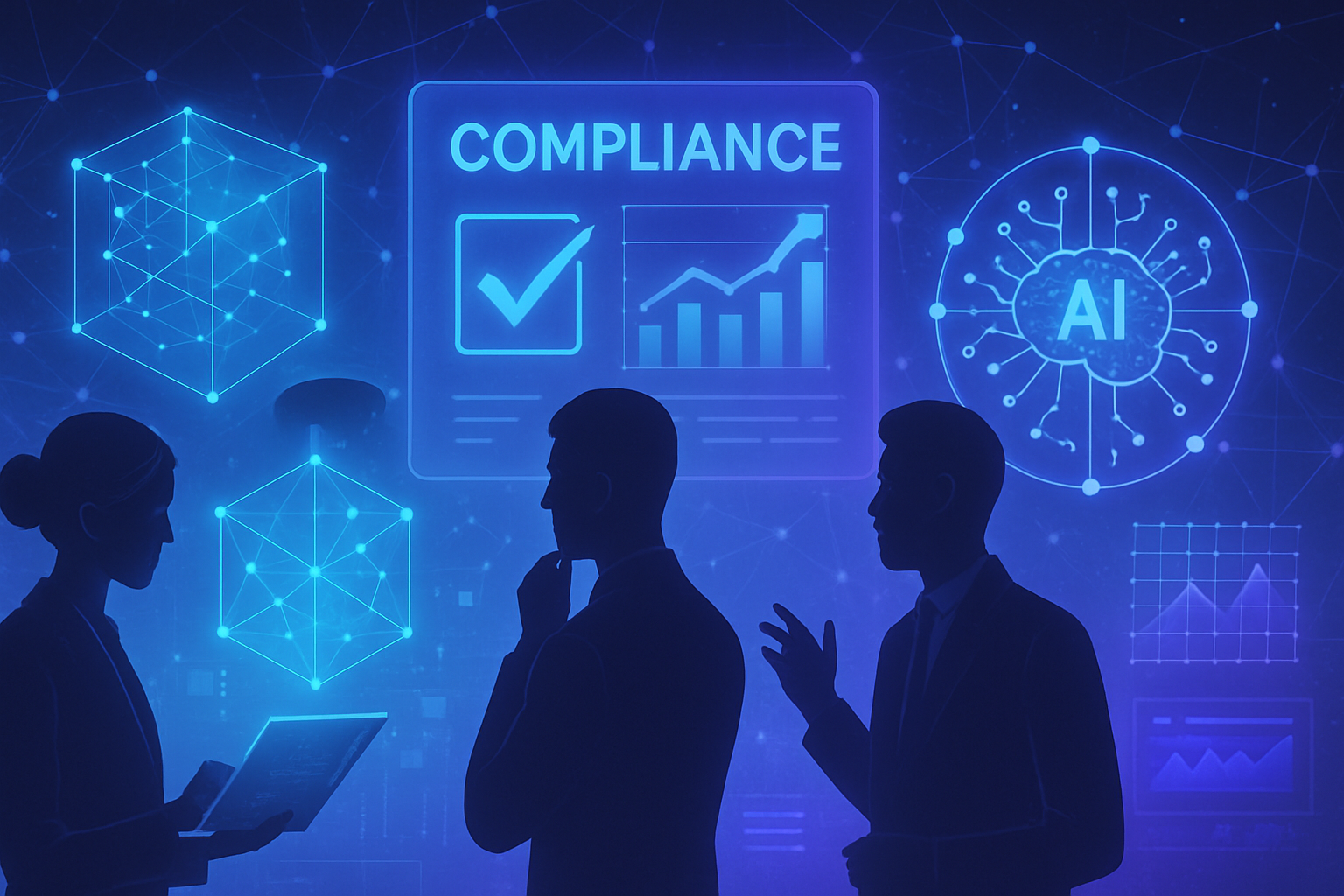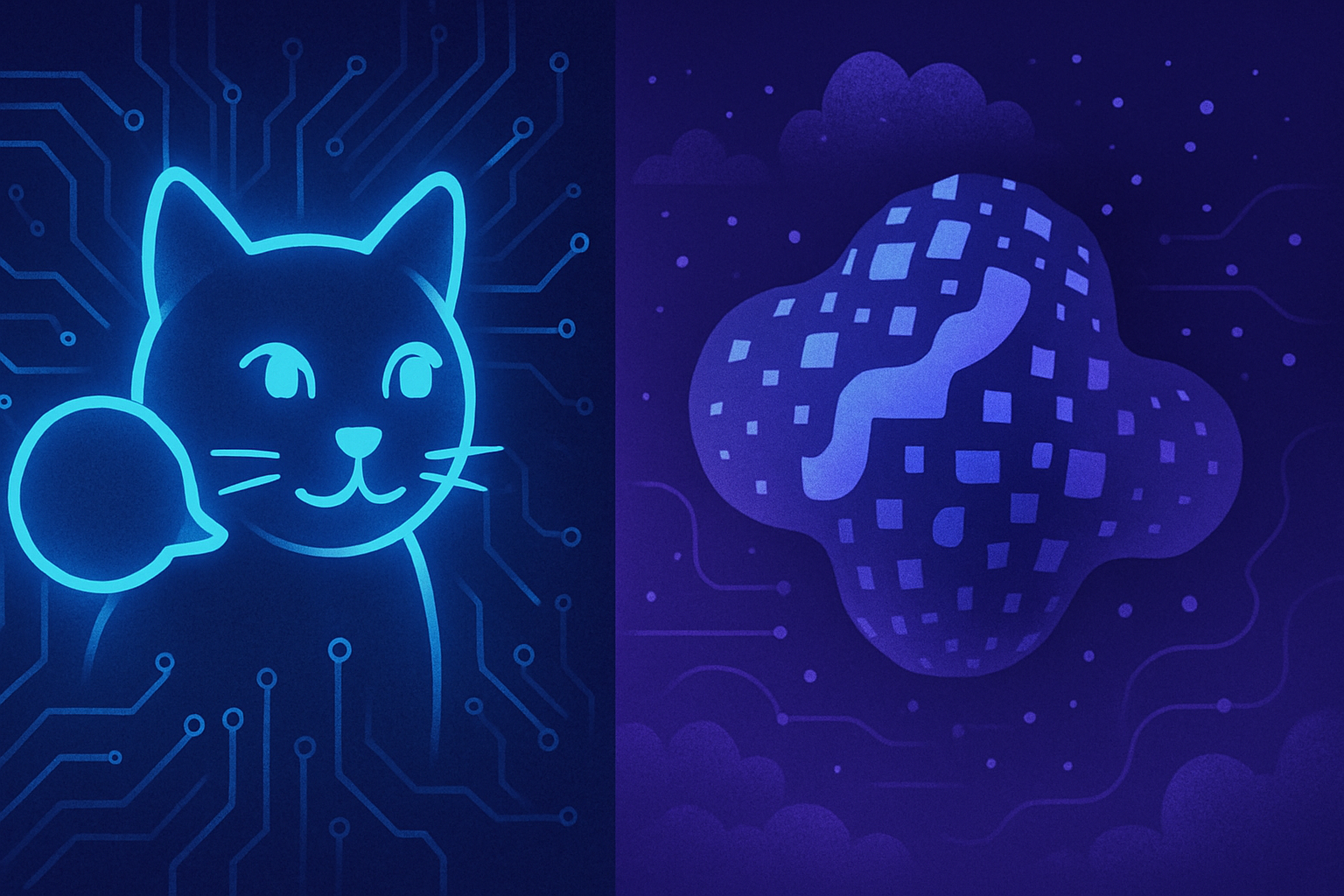Humanity and AI share fascinating learning mechanisms. Recent research reveals how these two forms of learning interact. *Integrating these parallels can revolutionize the design of tools,* thus promoting more natural interaction. The synergy between short-term memory and gradual learning offers promising perspectives. *This dynamic could lead to more intuitive AI systems.* The implications for the field of AI, particularly in sensitive areas like mental health, are substantially enriching.
Parallels in Learning Integration
Recent research highlights the similarities between human learning and that of artificial intelligence (AI) systems. These studies, published in the Proceedings of the National Academy of Sciences, reveal fascinating interactions between flexible and incremental modes of learning.
Theoretical Framework and Methodology
Jake Russin, a postdoctoral researcher in computer science at Brown University, led this study. Relying on a theory of dynamic learning, he established parallels between human working memory and reinforcement learning in AI. The training process of an AI system enabled exploration of how these two types of learning interact.
Human vs AI Learning Modes
Humans generally adopt two strategies to acquire new information. In the case of games like tic-tac-toe, contextual learning facilitates the quick assimilation of rules after a few examples. For more complex skills, such as playing the piano, incremental learning is essential to improve understanding over time.
Contextual and Incremental Learning
Russin utilized the concept of “meta-learning“, a type of training that helps AI systems understand the learning process itself. Experimental results demonstrate that AI excels in contextual learning after performing a series of similar examples, thereby enhancing its effectiveness.
Challenges and Applications
The researchers revealed trade-offs between retention of learning and flexibility. As with humans, the challenging completion of a task reinforces memory for future performance. This phenomenon engages both long-term memory and working memory, depending on the circumstances.
Implications for AI Development
This study offers fascinating perspectives for AI designers, particularly in sensitive areas such as mental health. Understanding the differences and similarities between human cognition and AI is essential for creating reliable assistive tools.
Russin’s work, under the guidance of Professors Michael Frank and Ellie Pavlick, demonstrates that analyzing the strengths and weaknesses of learning strategies in artificial neural networks sheds light on human learning. Significant findings indicate that more intuitive and appropriate approaches could emerge.
Future Perspectives
This research represents an advancement in understanding learning and interactions between humans and AI. The acquired information paves the way for promising applications in various fields. Thus, the development of more intuitive AI tools suited to human needs is encouraged.
A discovery-centered approach will better integrate AI into everyday life, making this technology both useful and accessible. The challenges recently highlighted in machine learning, such as those addressed in the article on machine learning, demonstrate the relevance of these studies.
It is clear that understanding how AI interacts with humans is crucial. Work like Russin’s is foundational for an AI capable of evolving in varied contexts, a necessity mentioned in research on medical assistance for physicians.
Frequently Asked Questions
What are the similarities between human learning and AI learning?
Recent research indicates that humans and AI integrate two types of learning, namely “in-context” learning and incremental learning, in a similar way. These mechanisms are linked to working memory and long-term memory processes in humans.
How does “in-context” learning work in AIs?
“In-context” learning allows AIs to quickly understand and adapt rules after being exposed to a few examples, similar to how humans acquire knowledge quickly in certain situations.
What is incremental learning?
Incremental learning refers to a process where new information is added gradually to improve understanding, akin to the learning method of a musician who practices an instrument over time.
Why is it important to understand the parallels between AI and human learning?
Understanding these parallels can help design more intuitive and effective AI tools that integrate elements of human cognition, particularly for sensitive areas like mental health.
What factors influence the flexibility of AI learning?
Research shows that greater flexibility in “in-context” learning in AI can develop after a period of incremental learning, which is also observed in humans.
What are the trade-offs between memorization and flexibility in learning?
There is a trade-off between learning retention and flexibility. The more challenging a task is for AI, the more likely it is to correctly memorize how to accomplish it in the future, a phenomenon also observable in humans.
How can studying learning models help in developing AI?
Analyzing the strengths and weaknesses of various learning models in artificial neural networks can provide new insights into understanding human learning processes, leading to advances in AI design.
What are the implications of this research’s findings for AI design?
The findings highlight that a better understanding of human learning modes and their integration into AI can lead to more reliable and useful virtual assistants, suited to varied personal and professional contexts.
